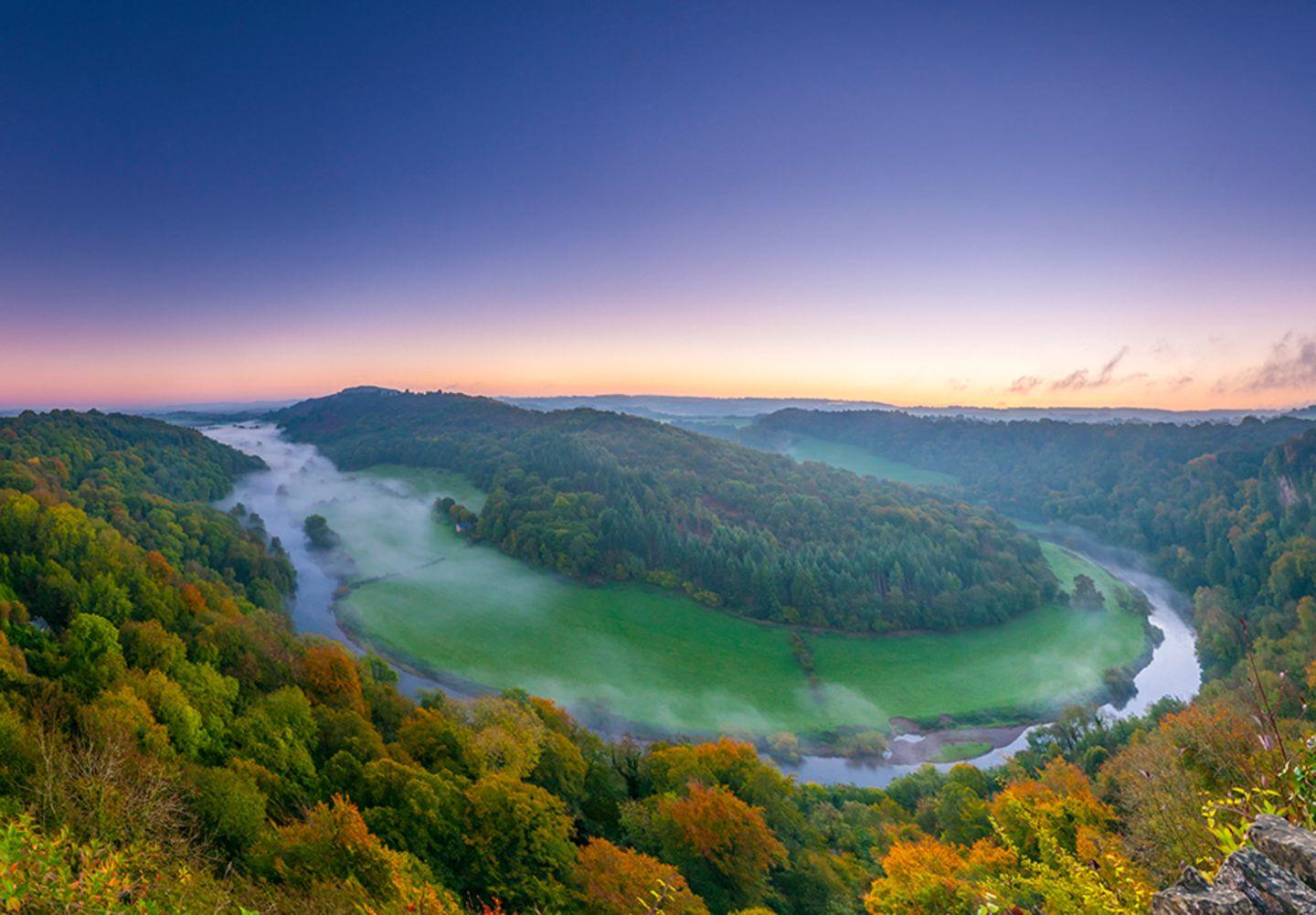The Natural and Cultural Significance of the Wye Valley

Introduction to the Wye Valley
The Wye Valley, an Area of Outstanding Natural Beauty, straddles the border between England and Wales, offering breathtaking landscapes, rich biodiversity, and a vibrant cultural heritage. This picturesque region, with its thriving communities and historical landmarks, is not only a vital ecological area but also a top destination for tourists seeking adventure and tranquility. Its relevance today is underscored by a growing focus on sustainable tourism and conservation efforts.
Natural Beauty and Recreation
The Wye Valley is renowned for its striking scenery, characterised by steep cliffs, lush woodlands, and the meandering River Wye. Popular activities in the area include hiking, cycling, and kayaking, attracting visitors year-round. The Wye Valley Walk, stretching over 136 miles, provides an excellent route for walkers, leading them through charming villages such as Bakewell and Ross-on-Wye. The river is also a hotspot for canoeing and birdwatching, enabling visitors to immerse themselves in its unspoiled environment.
Cultural Heritage
The valley is steeped in history, with numerous ancient sites and historic towns. Monmouth, known for its medieval bridges and the birthplace of King Henry V, serves as a focal point for exploring the valley’s past. Additionally, Tintern Abbey, a stunning example of Cistercian architecture founded in the 12th century, remains a highlight for visitors, inspiring many artists, including famous poet William Wordsworth. The area’s cultural richness extends to local festivals that celebrate traditional crafts, music, and food, fostering community spirit.
Current Events and Conservation Efforts
In recent years, there has been a significant push towards conservation in the Wye Valley as environmental concerns rise. The recent introduction of the Wye Valley AONB Management Plan aims to protect and enhance the region’s natural and cultural resources. Local authorities and non-profit organisations are collaborating to manage litter, protect wildlife habitats, and promote sustainable tourism. Events such as ‘The Wye Valley River Festival’ boost awareness and raise funds for conservation initiatives, emphasising the importance of preserving this beautiful area for future generations.
Conclusion
The Wye Valley is more than just a scenic destination; it is a treasure trove of natural beauty and historical significance. As concerns for the environment continue to grow, the ongoing conservation efforts in the region highlight the need to balance tourism with sustainability. For visitors, the Wye Valley offers an opportunity not just to explore nature, but to engage with a vital ecological and cultural landscape that deserves protection and appreciation. The continued interest in this area suggests that it will remain a cherished destination for years to come.
